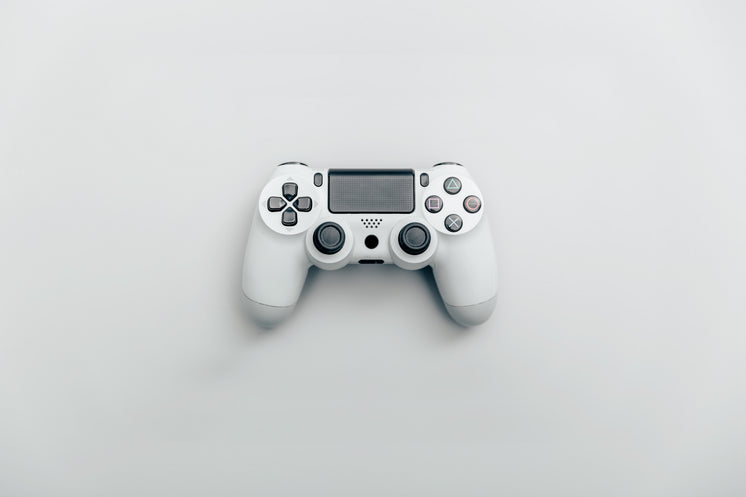Soft LED Display display steel structure installation is a relatively complex and comprehensive technology with many contents and a wide range. Combined with some steel structure projects, the basic principles and applicable conditions of steel structure hoisting scheme design are expounded, and the feasibility of conventional installation methods and corresponding technical measures are summarized.
With the continuous development of science and technology, the shape and structural form of steel structures are becoming more and more complex, which brings new challenges to the design and construction of steel structures. For example, Olympic venues represented by “Bird’s Nest” and “Water Cube”, as well as influential steel structure projects such as the National Center for the Performing Arts, the site of the new CCTV station, the Guangzhou TV Tower, and the stupa of Famen Temple, have not only innovated and developed in design , At the same time, new achievements have been made in steel structure installation technology. Many mature and advanced technological methods have gradually become construction methods, which have played a role in promoting the development of the steel structure industry.
Due to market reasons, steel structure installation accidents and violations occur from time to time, causing unnecessary economic losses and social impacts. In order to further improve the overall level of steel structure construction and promote the development of the industry, in addition to strengthening construction site management, steel structure construction should also conduct research and summary in terms of construction organization design, schemes, technical measures, etc.; vigorously promote new technologies and new processes; Features, choose advanced, reliable and economical construction scheme.
Basic principles of steel structure hoisting scheme for led display
Policy-Based on the drawings and norms as the criterion, strictly implement the relevant national safety production regulations.
Reliability – Adhere to safety first, ensure the feasibility of program implementation and increase its reliability. No matter which method is adopted, it is first necessary to consider whether the program has successful precedents and supporting equipment, otherwise, program demonstration must be carried out. According to the structural characteristics, the construction check calculation is carried out to prove whether the stability of the structure, the stress and deformation of the members meet the requirements during the construction stage of the method. Whether the mechanical equipment used can meet the installation requirements. Whether the construction site conditions are met, such as whether the civil construction environment and surrounding structures restrict the implementation of the plan, etc.
Advancement——With the development of science and technology, new techniques, new technologies and new equipment in the field of structural installation emerge in an endless stream. For example, the advent of large-tonnage cranes, computer synchronous control of overall lifting and sliding technology have added a new chapter to structural installation. Especially for large-scale steel structure projects, when site conditions and structural forms permit, new technologies and new processes should be vigorously promoted; the amount of high-altitude operations should be reduced as much as possible, and the installation efficiency of steel structures should be continuously improved.
Economical – A good installation plan should be simple in method, appropriate in measures, high in efficiency, low in construction cost, wide in application range, and stand review and test. Therefore, we must adhere to the principle of program comparison, conduct technical and economic analysis, and choose a program with a short construction period and low cost.
Applicable conditions for the steel structure hoisting scheme of the led display
Due to the inconsistency of architectural shapes and structural forms, and the wide variety of construction site conditions, it can be said that there is no one construction method or scheme suitable for the installation of any steel structure project, so each installation method has its own supporting conditions.
Commonly used installation methods for grid structures include: high-altitude bulk installation method, strip and block installation method, structural sliding method, support frame sliding method, overall hoisting method, and overall lifting method.
Consider according to the process method: understand the characteristics of the structure form, structure weight, installation height, span, etc., and use mature and advanced installation processes as much as possible in combination with the actual situation on site.
Consider the lifting equipment: first, choose your own equipment, make full use of the on-site lifting equipment, and then rent the nearest one. General situation: When the number of components is small, truck-mounted cranes are often used; small and medium-sized truck-mounted cranes are mostly used for portal frame hoisting; when the installation period is long, the installation height and the radius of gyration are large, crawler cranes are more economical than truck-mounted cranes; overall Hydraulic synchronous lifting (jacking) devices are mostly used for hoisting and sliding; tower cranes are generally used for middle and high-rise steel structure installation; gantry cranes and bridge erecting machines are mostly used for ordinary bridge installation.
Flip-chip construction – the flip-chip method is a special installation process that first goes up and then down. It is suitable for structures with large height-to-width ratios, such as steel towers, masts and other structures. In the case that it is difficult for a conventional crane to be hoisted close by, the upside-down method is generally used. When adopting this method, it is necessary to focus on the overall stability of the structure and the stability of the equipment itself during the installation process, and reliable support and stability measures must be taken.
Structural slip method – The structural slip method has been developed to adopt hydraulic pusher and computer synchronous control technology, which is one step more advanced than the grid slip method in the past. Its applicable conditions are: first, due to the limitation of site conditions, cranes and support frames cannot be installed in the span; second, the structural support conditions are conducive to the laying of sliding tracks; third, the strength and strength of the sliding unit structure determined by calculation The stiffness meets the requirements; fourth, understand the structural support form and fixing method; fifth, the longer the longitudinal slip route, the higher the efficiency.
Support frame sliding method – its applicable conditions are to occupy the inner space of the span, the installation height is low, the structure area is large or the longitudinal length is long. First, when the installation height is below 15 meters, ordinary fastener-type steel pipe scaffolding or bowl-shaped scaffolding can be used as the support frame; second, when the frame body is high and the load-bearing capacity is large, the steel support frame should be used. No matter which scheme is adopted, in addition to the requirements of the code, the design and calculation should also consider the horizontal dynamic load, and if necessary, add large diagonal braces to improve its overall stability.
Overall lifting method – the overall lifting method currently mostly uses computer synchronous control and hydraulic lifting equipment developed by Tongji University. This process gradually replaces the core-through motorized lifting and jack lifting schemes. The equipment is light and the technology is advanced. Its applicable conditions are: first, it occupies the space inside the span; second, the installation height is high; third, the components are heavy; fourth, it is limited to vertical hoisting and cannot be displaced horizontally. That is, the higher the installation height and the heavier the lifting weight, the better the effect.
Indigenous method of hoisting – Indigenous method of hoisting is to use single-angle poles, herringbone frames, winding machines, pulley blocks, etc. as lifting equipment for structural hoisting. It is suitable for projects with heavy components, small quantities and high installation heights. Due to the increasing number of large-tonnage lifting equipment and advanced installation techniques, there are fewer and fewer local methods of hoisting.
Rotation method construction – this method is mainly used for bridge installation. Due to the influence of railway, highway traffic, and special environments such as mountains, rivers and ditches, when other bridge erection methods are restricted, the rotation method is often used for construction.
Overall hoisting method-it is basically similar to the overall hoisting method, except that the lifting equipment is different, and it is suitable for small and medium-sized structure installation. In the early days, multiple single-legged poles or herringbone frames, hoists, pulley blocks and cable wind systems were used for large-tonnage hoisting. Now, because there are many large-tonnage cranes, several cranes are selected for centralized lifting and installation for small and medium-sized projects according to needs.
 Indigenous method of hoisting – Indigenous method of hoisting is to use single-angle poles, herringbone frames, winding machines, pulley blocks, etc. as lifting equipment for structural hoisting. It is suitable for projects with heavy components, small quantities and high installation heights. Due to the increasing number of large-tonnage lifting equipment and advanced installation techniques, there are fewer and fewer local methods of hoisting.
Indigenous method of hoisting – Indigenous method of hoisting is to use single-angle poles, herringbone frames, winding machines, pulley blocks, etc. as lifting equipment for structural hoisting. It is suitable for projects with heavy components, small quantities and high installation heights. Due to the increasing number of large-tonnage lifting equipment and advanced installation techniques, there are fewer and fewer local methods of hoisting. (3) There is no need for a steel frame structure, which saves a lot of installation and maintenance costs. Directly fixed on the glass curtain wall without any steel frame structure, saving a lot of cos
(3) There is no need for a steel frame structure, which saves a lot of installation and maintenance costs. Directly fixed on the glass curtain wall without any steel frame structure, saving a lot of cos 2. One is pulse width modulation. The content transmitted serially by the scanning board is not the switch signal of each
2. One is pulse width modulation. The content transmitted serially by the scanning board is not the switch signal of each  Due to the sharp increase in the production cost of LCD and OLED panels above 100 inches at the current stage, Micro LED TVs are given an opportunity to enter. When the technology and production process of Micro LED become more and more mature in the future, there will be an opportunity to cut into the mainstream size.
Due to the sharp increase in the production cost of LCD and OLED panels above 100 inches at the current stage, Micro LED TVs are given an opportunity to enter. When the technology and production process of Micro LED become more and more mature in the future, there will be an opportunity to cut into the mainstream size.